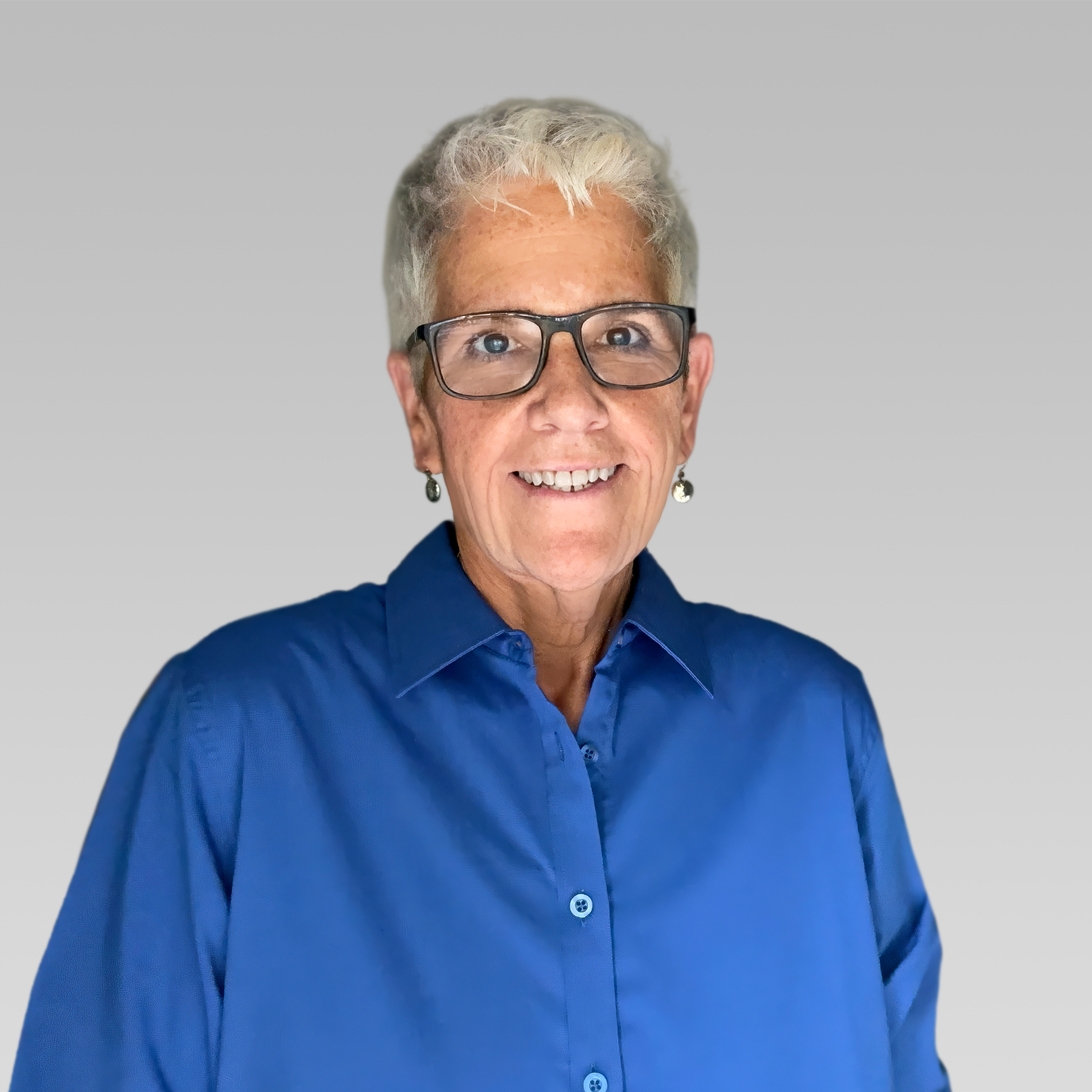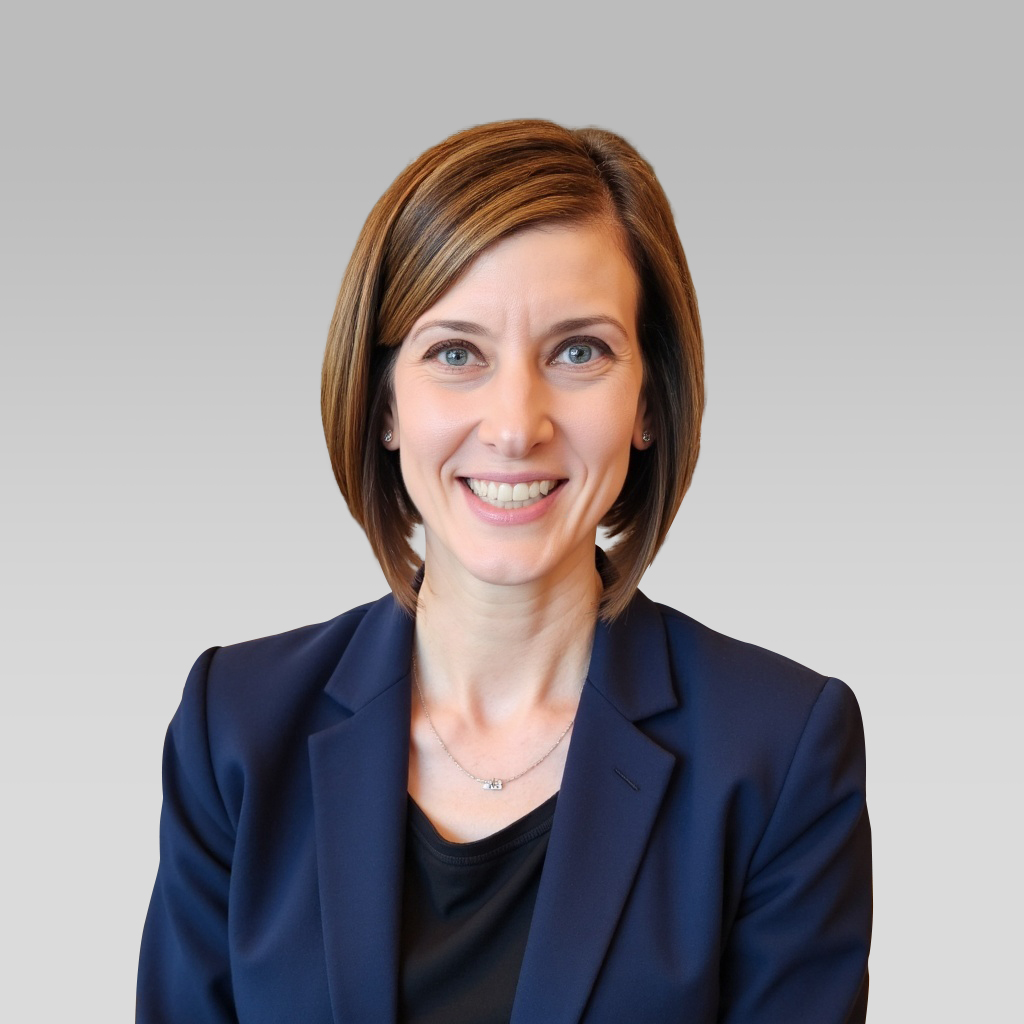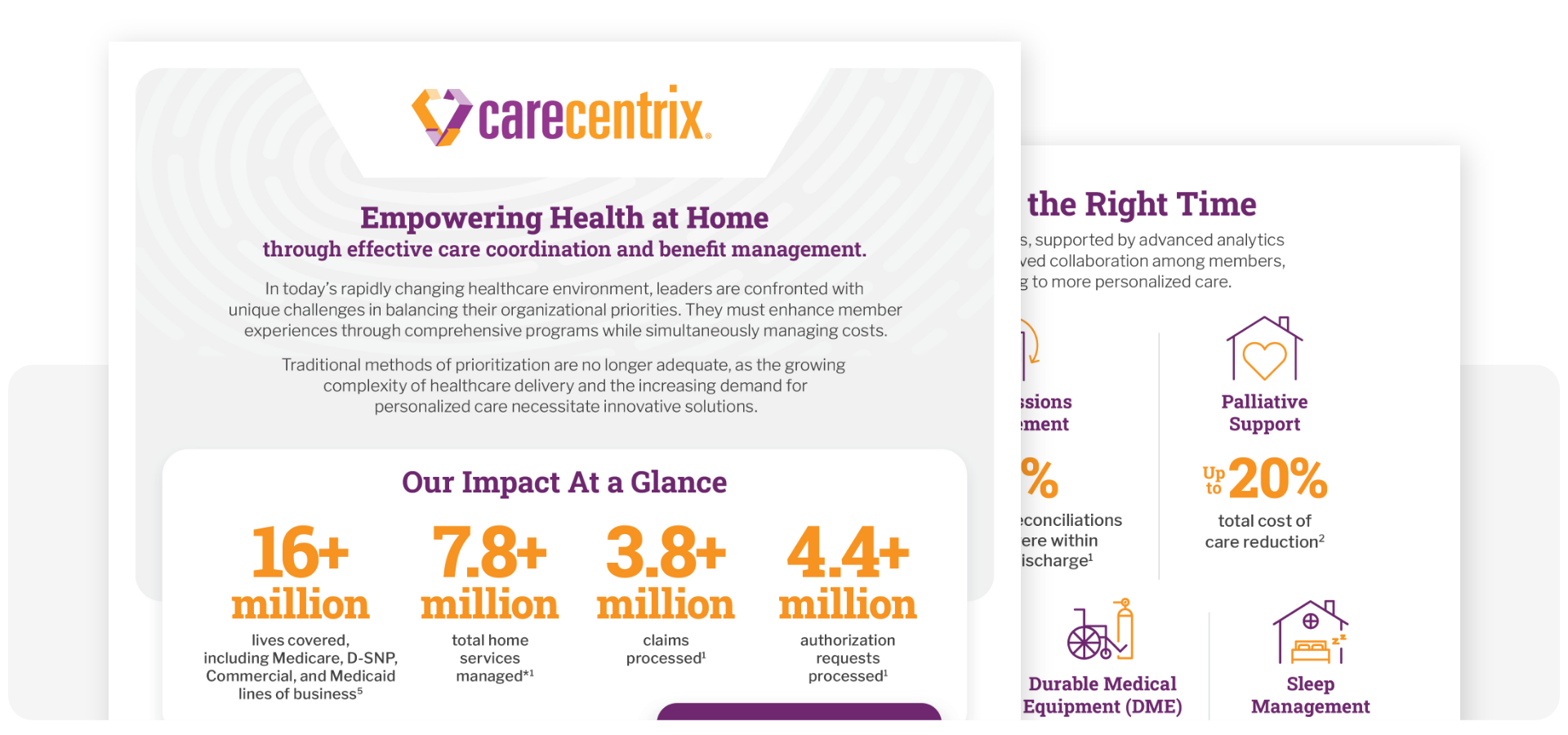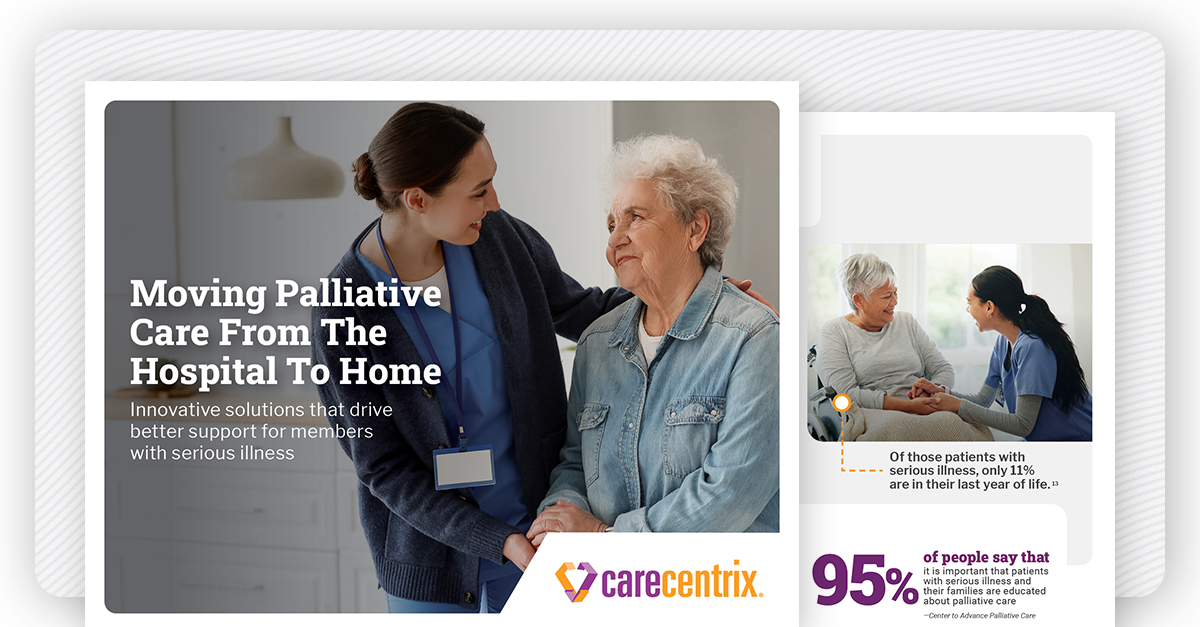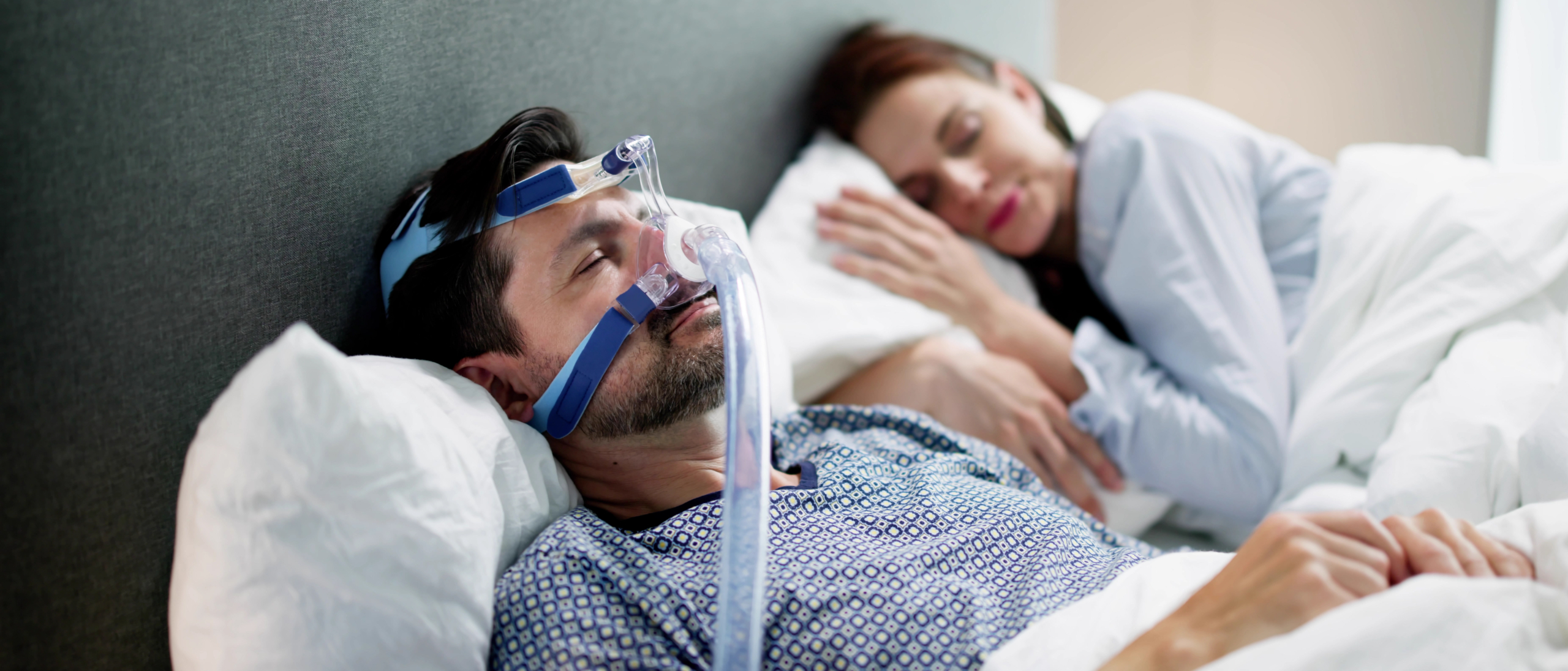
Just like eating healthy, drinking enough water, and exercising, we all know that sleep—both quality and quantity—is essential for our health, but for many, it’s elusive. More than 60% of people in the U.S.1 say they sleep somewhat or not at all well, and between 50 and 70 million people2 in the U.S. have chronic sleep disorders.
With an aging baby boomer population and a rise in chronic diseases such as obesity, diabetes, and cardiovascular disease, the prevalence of sleep disorders is increasing.
Not only do sleep disorders often go undiagnosed, but they are commonly unrecognized as a driver of chronic conditions, poor health outcomes, hospital and emergency department (ED) utilization, and high healthcare costs. Fortunately, innovative solutions are available that can improve sleep disorder treatment and adherence.
Sleep Disorders: The Silent Epidemic
Whether it’s not enough hours of shut eye or feeling tired after a full night’s rest, lack of sleep is pervasive and has been called a public health epidemic by the Centers for Disease Control (CDC).
Up to 75% of older adults experience symptoms of insomnia and have trouble falling asleep or staying asleep.3
One of the most common sleep disorders, obstructive sleep apnea (OSA), is estimated to affect 30 million people in the U.S.4 While these are among the most common, there are over 80 different types of sleep disorders.
The Real Cost of Untreated Sleep Disorders
Sleep disorders are associated with significantly higher rates of healthcare utilization—a result of comorbidities such as obesity, diabetes, cardiovascular disease, hypertension, anxiety, and depression.
The cost of office visits, ED and inpatient hospital stays, medication, and mortality rates is steep. A 2021 study in the Journal of Clinical Sleep Medicine found the overall incremental healthcare costs of sleep disorders in the U.S. is approximately $94.9 billion annually.5
There is strong evidence of higher healthcare utilization among individuals with sleep disorders. According to a 2024 study in the journal SLEEP, individuals who are aged 50 years and older with sleep apnea have a 21% increased likelihood of hospitalization and health service use.6
Individuals with sleep disorders accumulate $7K more in healthcare expenses annually than those without a sleep disorder.7
6 Sleep Disorder Treatment Gaps
For members who have sleep disorders that are undiagnosed, untreated, or not well-managed, the reasons why are multi-faceted:
-
Lack of Awareness
While members may experience fatigue, daytime sleepiness, or mood changes, they might not discuss it with their doctors. They also may not know the symptoms of sleep disorders or recognize their severity. For example, while snoring is a sign of OSA, they may brush off their symptoms or chalk it up to being overweight or a normal part of aging. Plus, health care providers have limited time during acute visits and infrequent preventive visits to ask detailed questions about sleep or screen fully for OSA.
-
Access to Care
If a sleep study is ordered for a sleep lab, members may be less apt to follow through with it, and those who live in rural or underserved areas may have limited access to sleep specialists.
-
Fragmented Care
Coordinating care for individuals with sleep disorders can be challenging due to the involvement of multiple, disconnected stakeholders. For instance, a patient may need to consult a sleep specialist, undergo a sleep study, and if therapy is required, engage with another provider such as a DME company. This fragmentation can complicate access to comprehensive care.
-
Lack of CPAP Compliance
Continuous positive airway pressure (CPAP) therapy is considered the gold standard of treatment for most OSA. Yet non-adherence is common, ranging from 29% to 83%, one study found.8 Some reasons include experiencing mask discomfort, nasal congestion or dryness, or pressure intolerance. Research shows that adherence after one month is a good predictor of future adherence, which makes early intervention critical.9
Between 8-15% of patients with OSA refuse CPAP treatment after the first night and at least 50% discontinue use within a year.10
-
Stigma
Misconceptions and social stigma about sleep disorders often lead people to believe that these conditions are simply a result of poor lifestyle choices or a lack of willpower, which can prevent them from seeking care.
-
Lack of an Integrated Approach
While payors recognize the need for sleep testing, they may be prioritizing other associated chronic conditions like hypertension and obesity. Many fail to recognize the downstream impact associated with untreated sleep disorders.
Improving CPAP Compliance with Comprehensive Sleep Solutions
Effectively managing member populations with sleep disorders and moving the needle on outcomes and costs require payors to adopt a comprehensive, integrated approach. This approach should ensure sleep testing is conducted in the most appropriate and accessible setting, members have timely access to quality, coordinated care and durable medical equipment (DME), and they receive early and ongoing engagement that drives treatment adherence.
Individuals who have high CPAP adherence are 60% less likely to have a hospital readmission within 30 days.11
As the first sleep benefits manager in the industry, CareCentrix’s Sleep Management solution offers a comprehensive program that manages the entire member journey from diagnosis through therapy adherence to improve the member experience and reduce costs. Our solution focuses on four key issues impacting sleep therapy today:
- Care Setting – We optimize the site of sleep diagnostic testing by offering convenient, in-home testing, when appropriate, at a significantly lower cost.
- Member Adherence – Through our data-driven adherence program, iComply, we leverage remote monitoring and proactive member engagement, resulting in a 30% increase in therapy adherence rates versus the national average.12
- Supply Utilization – We ensure that members have timely access to their sleep supplies and know how to use them correctly, supporting adherence to therapy.
- Network Management and Oversight– Through our contracted network of quality home sleep test providers and sleep DME suppliers, we coordinate home sleep testing to ensure timely completion of tests and share the test results with the member’s ordering physician.
Through our comprehensive solution, we help ensure timely access to testing and therapy, engaging members throughout the end-to-end process to improve their outcomes and experiences one restful night at a time.
For payors, high levels of adherence to sleep therapy ultimately can lead to lower direct costs of sleep disorders, and downstream costs related to comorbidities, as well as higher member satisfaction and Star ratings.
Payors that engage with the CareCentrix Sleep Management solution can yield up to 20% in annual savings.12 To learn more about how our Sleep Management solution can support your members with sleep disorders and help you reduce costs, contact us today.
Sources:
- Philips Global Sleep Survey, 2019
- The National Heart, Lung, and Blood Institute (NHLBI), 2022
- Nguyen, V., George, T. & Brewster, G.S. Insomnia in Older Adults. Curr Geri Rep 8, 271–290, 2019
- National Council on Aging, 2024
- Journal of Clinical Sleep Medicine, 2021
- SLEEP, 2024
- Massachusetts Eye and Ear Infirmary, 2021
- Chest. 2019
- Journal of Clinical Medicine, 2021
- Frontiers in Psychology, 2021
- Journal of Clinical Sleep Medicine, 2022
- 2024 CareCentrix book of business performance data. Actual results will vary depending on program.
EDRC 2266 032025
